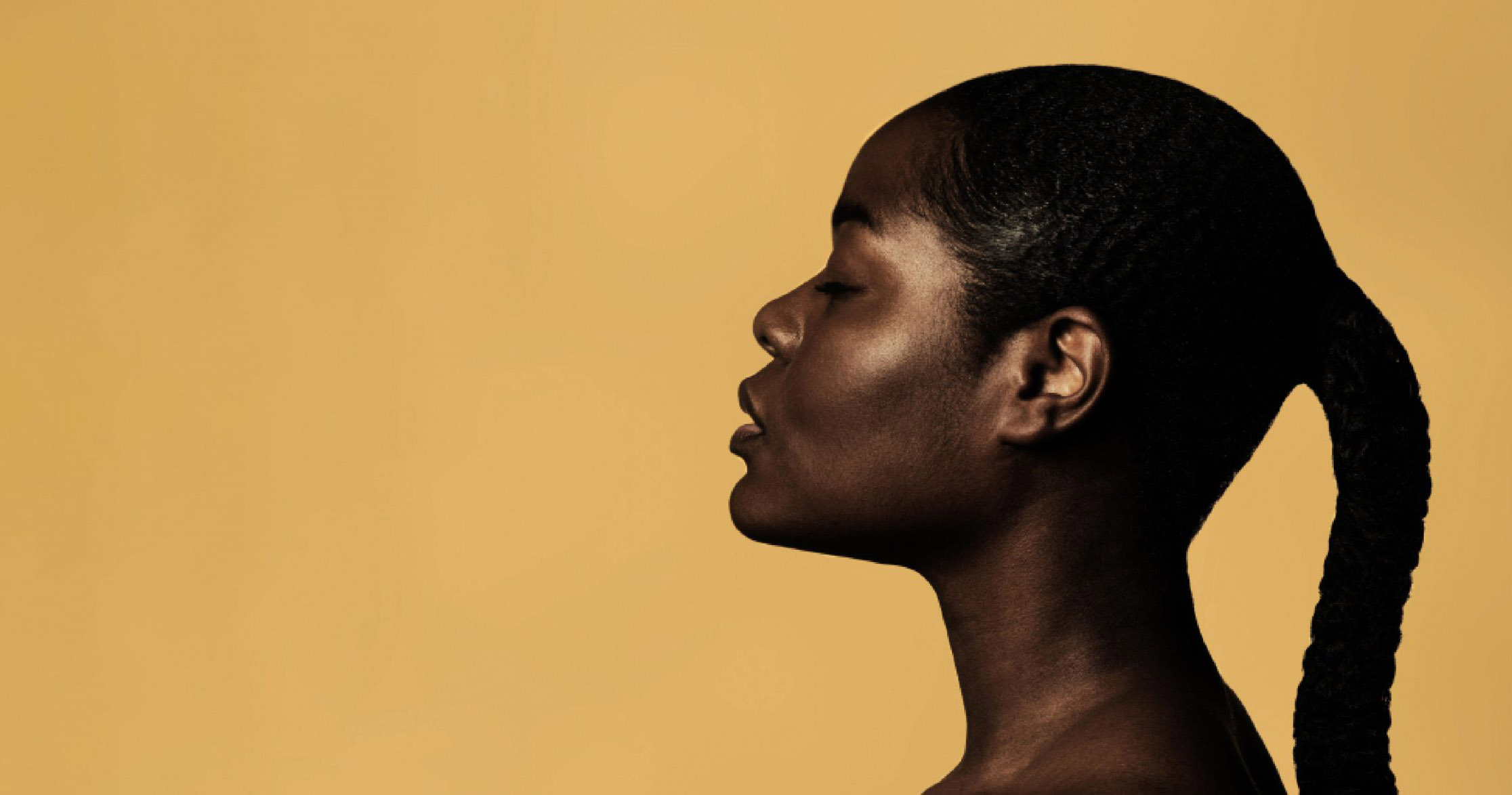
Arts & Culture
Big Screen Classic: Daughters of the Dust
8:40 pm
- 10:30 pm
|
10 September 2020
BFI Southbank | £6 - £8.80
Screen NFT3
Belvedere Road, London SE1 8XT
Influenced by independent filmmaking, feminist aesthetics and African griot traditions, Dash’s captivating feature debut, looks at migration, culture and tradition from the perspectives of three generations of women in the Peazant family.
Set in 1902, the film is about the preparations of an extended family on one of the Sea Islands, off the coast of Georgia, to migrate to the American mainland. It’s a movie that runs less than two hours and feels like three or four—not in sitting time but in substance, in historical scope and depth of emotion, in the number of characters it brings to life and the novelistic subtlety of the connections between them, in the profusion of its ideas and the cinematic imagination with which they’re realised, in the sensuous beauty of its images and sounds and the indelibly exalted gestures that it impresses on one’s memory.
Purchase your tickets here

It’s a story of the Great Migration of African-Americans, survivors of slavery and the descendants of former enslaved people, to the North; it’s made in a way that both embraces the historical idea and atomises it in the sharp specificity of personal experience. The splendid complexity of “Daughters of the Dust” is developed from a simple situation: as two urbanised women from the Peazant family return to the island as a sort of delegation to organise the migration, it’s uncertain whether all the members of the family will go. Some are considering staying behind on the island, and the decision that each must make is the core of the drama.
The Peazant family is a matriarchy, with Nana Peazant (Cora Lee Day) at its apex. She’s the living memory of the African cultural and religious traditions that her own ancestors maintained and transmitted, and her traditionalism is viewed by some of the younger women in the family, who are devout Christians, as dishonourable paganism and an obstacle to success in urban society. Viola (Cheryl Lynn Bruce) is one of the family ambassadors from the North, arriving from Philadelphia in the company of an educated photographer, Mr. Snead (Tommy Redmond Hicks), who will document the occasion. The other delegate is Mary Peazant (Barbara-O), called Yellow Mary, an elegant sophisticate travelling in the company of Trula (Trula Hoosier), a woman whom the family takes to be Yellow Mary’s lover.

Filmmaker Julie Dash
Dash films the characters with a blend of physical precision and hieratic grace; there’s an ordinary declamation to the dialogue that heightens it even above the everyday grandeur of endurance to the gravity of the moment at hand.
Yet, along with the gravity of the occasion, there’s also the local pageantry of dancing on the beach, children’s games, the festivity of a picnic, the formality of posed group photographs, and organized ceremonies blending family bonds with ancient practices. Dash—deftly employing music by John Barnes—fuses the societal and political implications of the occasion with art and culture, religion and idiosyncratic family customs. The film’s transformation of great historic events into emblematic moments and ineffable moods is a matter of Dash’s ingenious way with cinematic form, as well as of her work with the cinematographer Arthur Jafa.
The movie’s images have a luminous fullness, a decentered dynamism, and a dance-like flow that separate them from mere illustration and raise them to a visual music that matches the movie’s bold dramatic construction. The connection of each scene, of each moment, to the over-all story is slightly oblique and abstracted. Each sequence has a strong and complex identity, intertwining many strands of relationships, interests, and emotions; their position and function in the story emerge from light leaps of imagination and concentrated inferences. That inner distance between events and dramatic arcs is one of the film’s great virtues. Dash’s detail-filled microhistorical sequences undo the deceptive clarity of fixed categories and encyclopedic formulas, such as “the Great Migration” itself, by rediscovering the richness of the phenomena that they encapsulate in the dense tangle of individuals’ experiences.
An influence on Beyoncé’s album Lemonade, originally released in the the UK on 17 September 1993, the film is a masterpiece of radical filmmaking.
This film will also be screened on Monday 14 September 2020, 5:40 PM.




